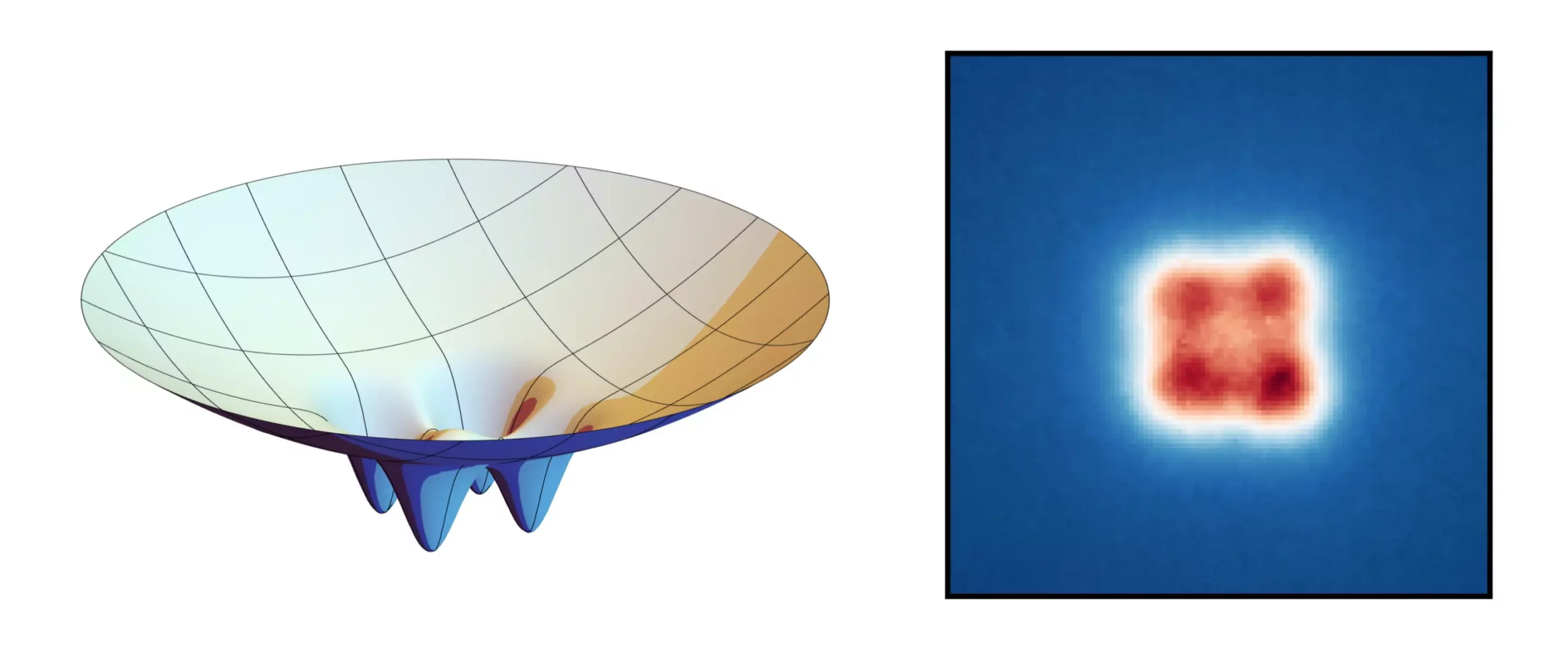The recent study conducted by researchers at the University of Bonn sheds light on the impressive capability of light particles to merge into a “super photon” under specific conditions. This phenomenon, known as Bose-Einstein condensate, has been manipulated by the researchers using tiny nano molds to create a simple lattice structure with important implications for future secure communication.
When a significant number of light particles are cooled to extremely low temperatures and confined in a compact space, they transform into a single super photon, behaving as if they were indistinguishable. Traditionally, a Bose-Einstein condensate appears as a blurred speck of light. However, the researchers at the University of Bonn have succeeded in imprinting a lattice structure on the condensate, providing it with a unique design.
The researchers at the Institute of Applied Physics achieved the creation of super photons by using a dye solution placed within a small container with reflective side walls. By exciting the dye molecules with a laser, photons are generated and bounce between the reflective surfaces, gradually cooling down until they condense into a super photon. The addition of small indents to the reflective surfaces allows for the creation of specific regions within the condensate, resembling the segregation of water into four cups.
Application in Secured Communication
The ability of the super photon to remain as a single condensate even when divided into specific regions opens up possibilities for quantum entanglement. This quantum physical correlation between photons can be utilized to ensure secure communication among multiple participants, safeguarding discussions and transactions from unwanted interception. The deliberate alteration of the reflective surfaces could potentially lead to the creation of Bose-Einstein condensates divided into numerous lattice sites, further enhancing the security of communication channels.
The groundbreaking study conducted at the University of Bonn highlights the potential of deliberately shaping emission patterns within Bose-Einstein condensates for specific applications, particularly in the realm of secure communication. By expanding the research to create condensates split between multiple lattice sites, the researchers aim to establish tap-proof communication channels for a large number of participants, paving the way for enhanced privacy and security in exchanges of information.


Leave a Reply